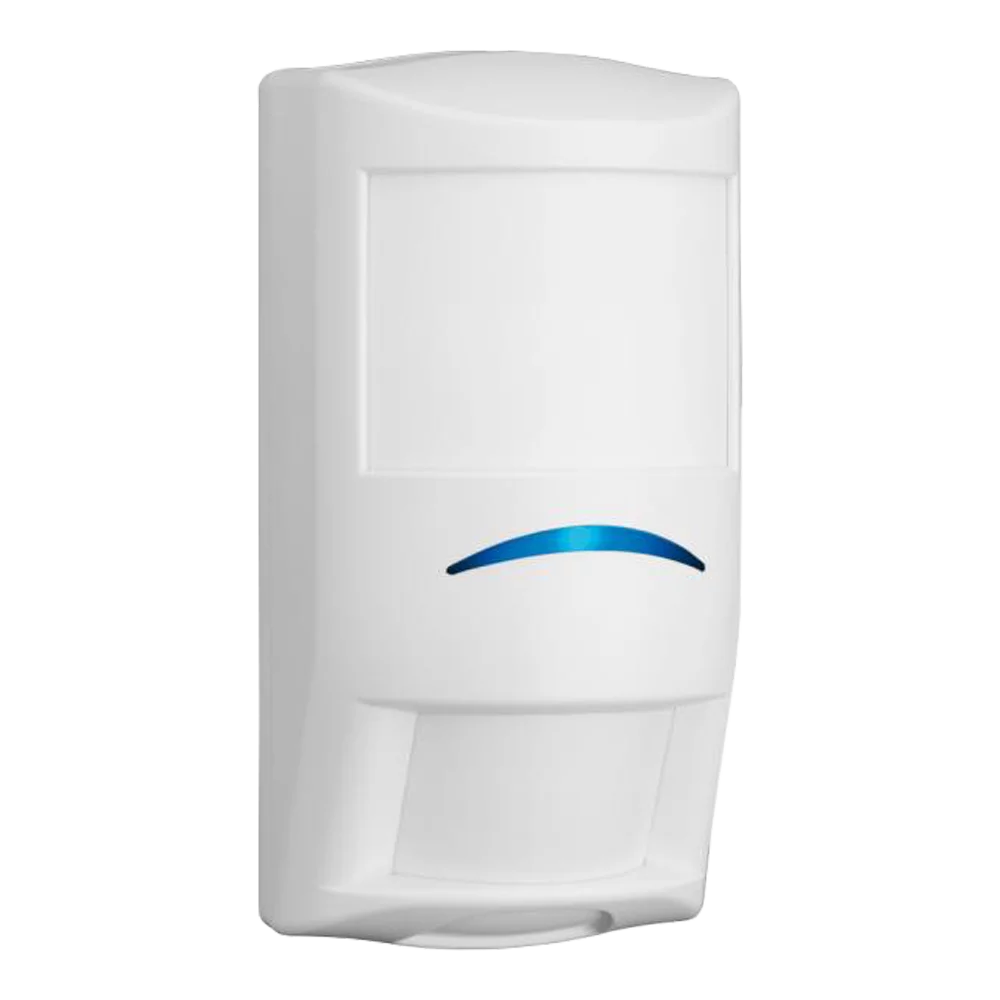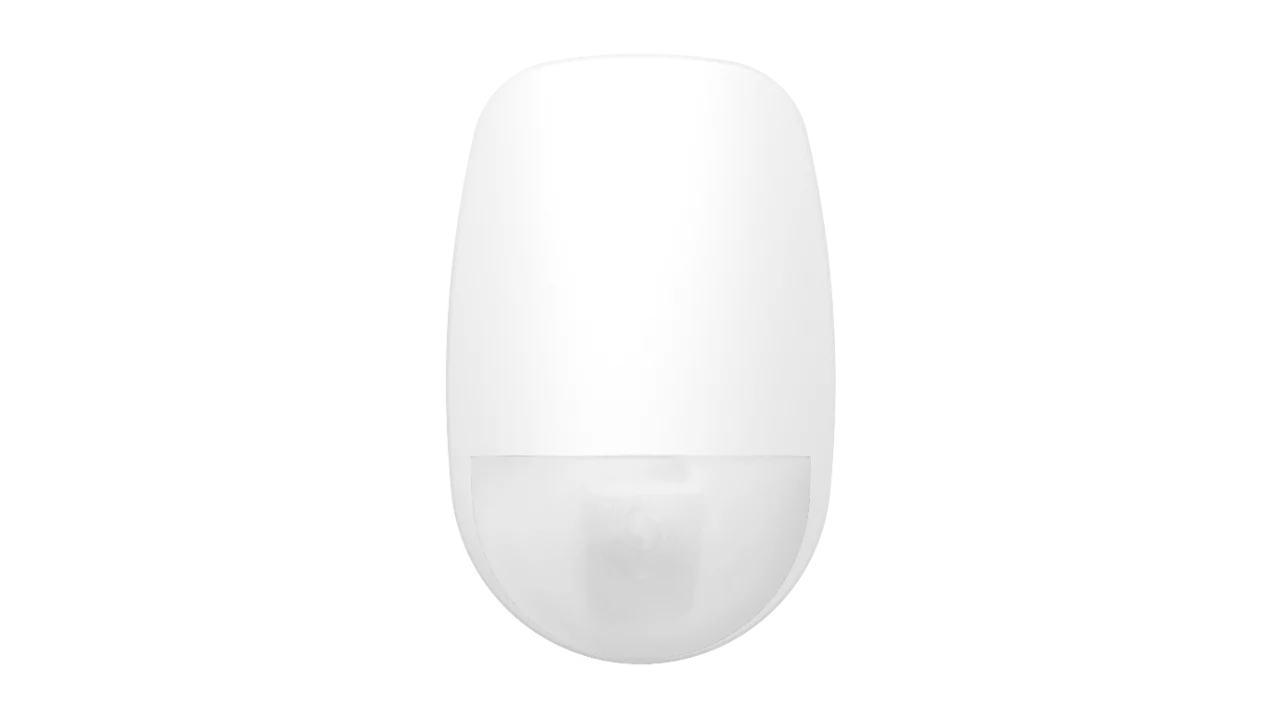
Bosch Professional Series TriTech Curtain Motion Detectors ISC-PDL1-WC30G
Bosch Professional Series TriTech Curtain Motion Detectors ISC-PDL1-WC30G
Overview:
- 30 m (100 ft) x 2.6 m (8.5 ft) standard coverage
- 2.1 m to 3 m (7 ft to 10 ft) mounting height, no adjustments required, optional lookdown masking
- EN50131-2-4 Grade 2 compliant
- Sensor data fusion technology
- Range adaptive radar and active white light suppression
- Dynamic temperature compensation
- Remote walk test
- Alarm memory
- Draft and insect immunity
- Cloak and Camouflage Detection Technology (C2DT)
Functions:
Sensor Data Fusion Technology
Sensor data fusion technology is a unique feature that uses a sophisticated software algorithm to combine signals from five sensors: two pyroelectric sensors, a range-adaptive radar sensor, a room temperature sensor, and a white light level sensor. The microcontroller analyses and compares the sensor to make the most intelligent alarm decisions in the security industry.
Range Adaptive Radar
The microwave transceiver automatically adjusts its detection thresholds based on input from the PIR
sensors. Integrating the target distance information from the PIR significantly reduces false alarms from
the microwave Doppler radar.
Active White Light Suppression
An internal light sensor measures the level of light intensity directed at the face of the detector. Sensor
data fusion technology uses this information to eliminate false alarms from bright light sources.
Dynamic Temperature Compensation
The detector automatically adjusts PIR sensitivity to identify human intruders at critical temperatures.
Dynamic temperature compensation detects human body heat accurately, avoids false alarms, and delivers
consistent catch performance at all operating temperatures.
Cover and Wall Tamper Switch
When an intruder removes the cover or attempts to separate the detector from the wall, a normally-closed
contact opens to alert the control panel.
Self-adjusting LEDs
LED brightness automatically adjusts to ambient light levels. A blue light emitting diode (LED) indicates TriTech+ alarms and is activated during a walk test. A yellow LED indicates microwave detection and a red LED indicates PIR detection.
Remote Walk Test LED
Users can enter a command via a keypad control center or programming software to remotely or disable the walk test LED.
Alarm Memory
Alarm memory flashes the alarm LED to indicate stored alarms for use in multiple unit applications. A
switched voltage from the control panel controls the alarm memory.
Solid State Relays
Solid state relays send silent alarm output signals to provide a higher level of security and reliability. An
external magnet does not activate the relay. The solid-state relay uses less current than a mechanical relay,
providing longer standby capacity during a power loss.
Draft, Insect, and Small Animal Immunity
The sealed optic chamber provides immunity to drafts and insects, reducing false alarms. Small Animal
immunity reduces false alarms caused by animals less than 4.5 kg (10 lb), such as rodents.
Remote Self Test
A remote self-test initiates when the walk test input switches to its true state. The alarm relay and alarm
LED activates for four seconds following a successful test. The trouble relay activates, and the alarm LED
flashes following a failed test.
Input Power Supervision
When the power is lower than 8 V, a low input power trouble condition activates the trouble relay and
causes the LED to flash. The trouble condition clears automatically when power reaches or exceeds 8 V.
Trouble Memory
When the walk test input switches to its true state for less than two seconds, the LED flashes to indicate the
most recent trouble condition. If there is no trouble in memory, the LED does not flash. After twelve hours, or
after the detector receives a second walk test pulse for two seconds or less, the LED stops flashing, and
the trouble memory clears.
Cloak and Camouflage Detection Technology
Cloak and Camouflage Detection Technology (C2DT) maximizes catch performance against intruders
attempting to cover their infrared signal.
Key Specifications*
| Alarm relay contact type | NC |
| Current consumption (mA) | detection |
| Detection radius (m) | 30 m |
| Dimension (H x W x D) (mm) | 127 x 69 x 58 mm |
| Impact protection (EN 50102) | IK04 |
| Installation height (m) | 2.10 – 3 m |
| Number of areas | 28 |
| Operating temperature (°C) | -30 – 55 °C |
| Operating voltage (VDC) | 9 – 15 VDC |
| Tamper relay contact type | NC |
| Trouble relay contact type | NC |

